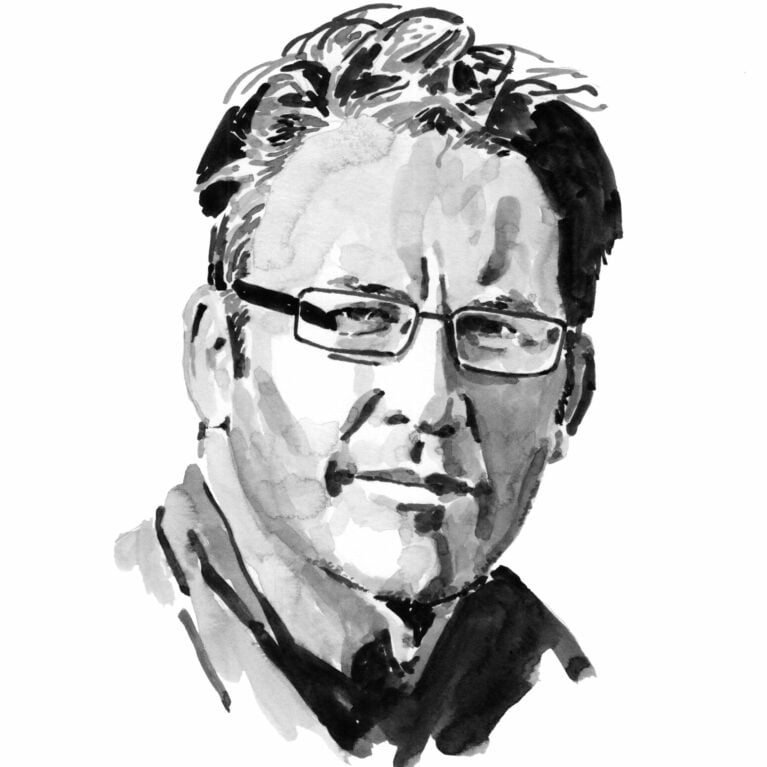Craig Foster

Who I am
My deep passion is tracking underwater on the coast of southern Africa. Tracking enables me to get inside nature and see animals and plants in ways that inspire further scientific exploration and storytelling. I am trained as a storyteller and filmmaker, but much of my teaching comes from the animals themselves and spending every day for many years in the water watching them. My other great passion is human origins and understanding what life was like in the Middle Stone Age in southern Africa. This led me to begin diving without a wetsuit so that I could understand what it meant to adapt to cold and several other primal activities. I love going into the ocean and learning directly from her and then finding ways to tell her stories in ways that inspire people to conserve the ocean.
I deeply enjoy working with marine biologists and learning from them and I have been fortunate to have worked for several years with my friend Dr Jannes Landschoff, who is an inspired scientist and a great tracker himself. ‘1001 Seaforest Species‘ is a dream project that will allow us to greatly expand our passion for the Great African Seaforest.
Where I work
With Jannes, we work at the southern tip of Africa, where the strong and fast Agulhas Current transports warm subtropical water down from the Indian Ocean to meet the mighty Benguela upwelling system that brings cold and nutrient-rich water up from the deep. The water temperature averages 15 °C but can easily drop below 10 °C or rise beyond 20 °C in summer. Kelps – large and canopy-forming laminarian algae – prosper in these nutrient-enriched waters and grow into a wild underwater forest. In order to create a local and global conservation framework for this magnificent ecosystem we have named this underwater world the ‘Great African Seaforest’.
What I do
Every day, Jannes and I, we go diving with minimum gear and no wetsuits. We feel that scuba equipment is of little value in the dense kelp forest and that by diving without wetsuits we can connect to the ecosystem at a very deep level. The cold is a strong barrier and it takes time to get used to our approach, but it does give us a small window in which we feel very connected, present and very close to ourselves within this environment. We believe this is strongly reflected in our encounters in nature and that ultimately it can be felt throughout our work. At Sea Change we function as a close team of scientists and media experts, which enables us to utilise a large spectrum of skills. For our ambitious, long-term ‘1001 Seaforest Species’ project this is essential. To compile a compendium of information we review a large amount of highly specialised literature and gather recent data about new or rarely documented species and behaviours with the aim of finding novel and creative ways to open a window onto the world of these remarkable organisms. We do this so that, channelled through our dedication, new stories emerge from Mother Nature that find their own way into a broader conservation message.
